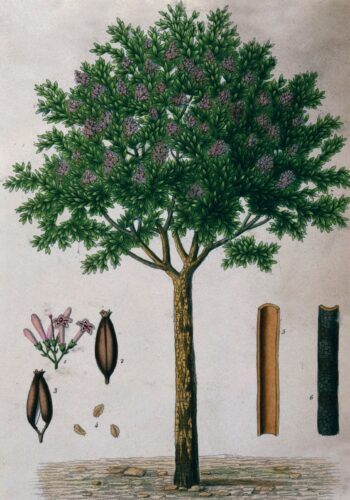The Flag
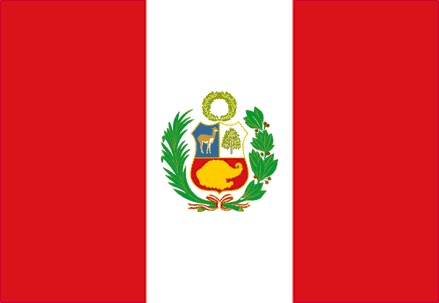
Created in 1820, it is said that the colours of the Peruvian flag – red and white – occurred to General San Martín during the liberation campaign, when watching a flight of parihuanas, a variety of flamingo with red wings and white breasts, after awaking from a siesta in the desert of Paracas. The flag comprised a rectangular of linen divided by two diagonals into four fields, white at the top and bottom and red on the sides. Since this pattern presented some inconvenience, in March 1922 it was decided to take the form of three horizontal stripes, the top and bottom ones red and the middle white, but since this new flag could easily be confused with the Spanish one, in May 1922 the stripes were changed to vertical ones, the two outside ones being red and the centre one white.
The Coat of Arms
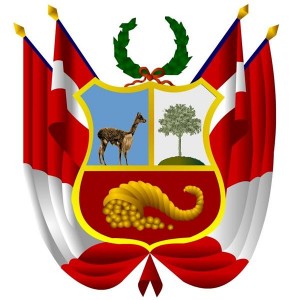
A congressional law passed by Simón Bolívar in 1825 consecrated the coat of arms of Peru. This consists of three fields: sky blue to the upper left, with a vicuña looking inwards; white to the upper right with a cinchona tree (the source of quinine), and red in the horizontal lower field, with a golden cornucopia spilling out gold coins. These symbols represent the natural wealth of Peru. On the top, like a crest, is a civic crown of oak seen from the side. On each side of the coat of arms shown above are a flag and a standard.
The National Anthem
Once the Protectorate was established after the country’s independence, General José de San Martín called a contest to establish the national anthem as a symbol of sovereignty. The winning piece was written by José Bernardo Alcedo (music) and José de la Torre Ugarte (words). The anthem was sung for the first time in the Teatro Principal in Lima on the night of 24th September 1821, by Rosa Merino de Arenas, and was adopted as Peru’s National Anthem on April 15, 1822.
Patron Saint of Peru

Santa Rosa de Lima, the patron Saint of Peru, is known both for her life of severe penance and for her care for the poverty stricken of the city, through her own private efforts in the early 17th century. Her image is featured widely in the Catholic world including on some of the highest denomination bank notes of Peru, the 200 soles note. She is additionally known as the patron saint of embroidery, gardening and the cultivation of blooming flowers. The feast of Santa Rosa de Lima is celebrated annually on August 30th.
The anthem of Lima
“La Flor de la Canela”: this is unofficially called the ‘anthem of Lima’, a vals criollo and song about the cinnamon flower by the famous Peruvian singer Chabuca Granda written in the mid-20th century. This song made her internationally famous, though she also created and interpreted a large number of Criollo waltzes with Afro-Peruvian rhythms. Though cinnamon is not native to the Americas, in Peruvian cuisine cinnamon is frequently used, especially in well known desserts such as arroz con leche or suspiro a la limeña.

Peru’s national football team
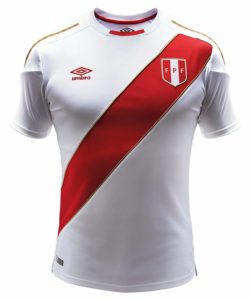

Peru’s national team is well-known for its white shirts adorned with a diagonal red stripe, which combine Peru’s national colours. This basic design has been used continuously since 1936, and gives rise to the team’s common nickname in Spanish, la Blanquirroja (‘the white-and-red’). FPF stands for Federación Peruana de Fútbol.
‘The national tree of Peru: Cinchona’
‘The national flower of Peru: Cantuta’
Fiestas Patrias
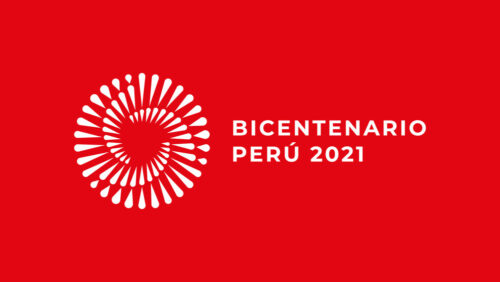
Peru’s “national day” on 28th July celebrated the country’s independence from Spain in 1821. So, in 2021, Peru celebrated 200 years of independence.

